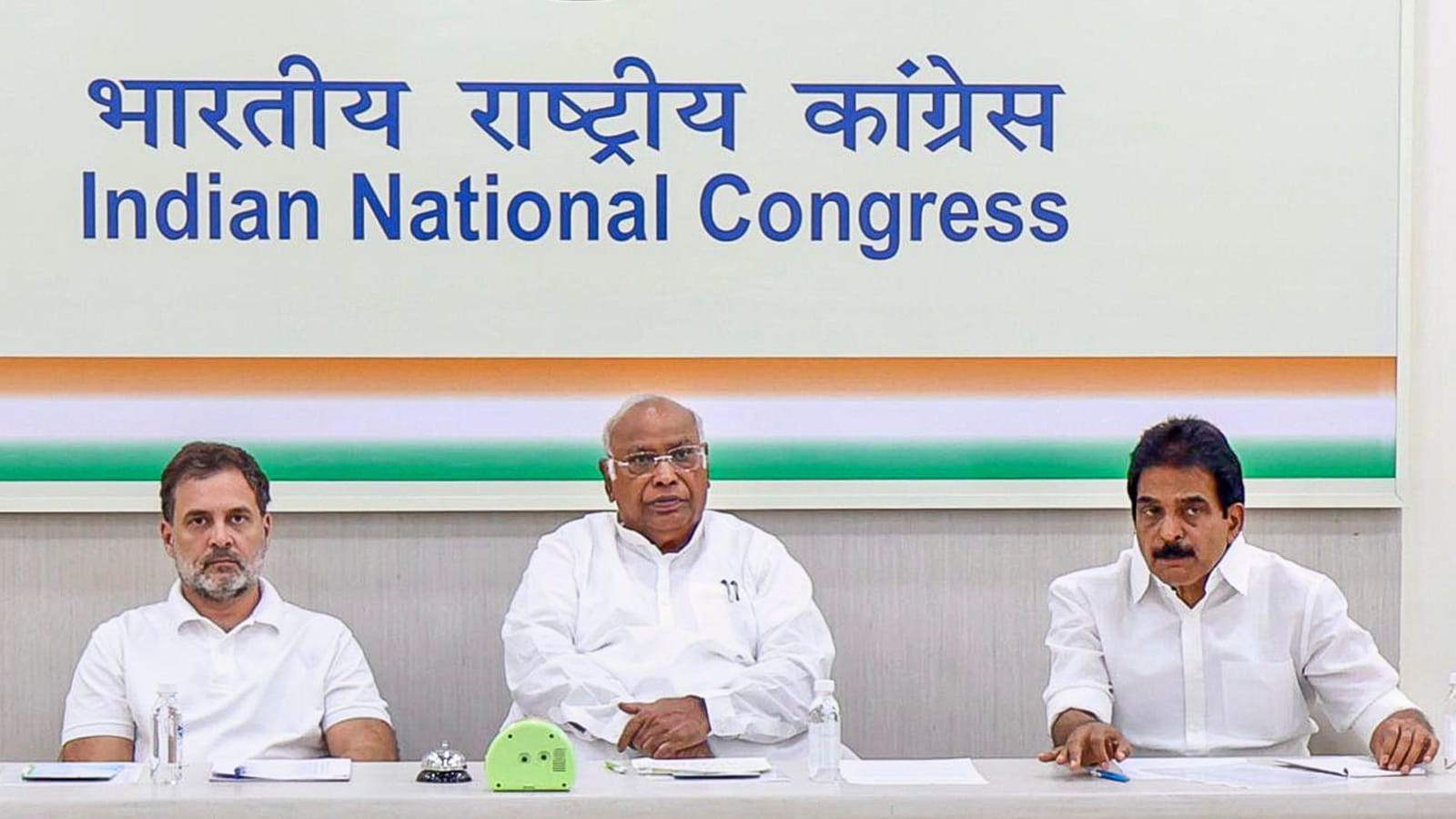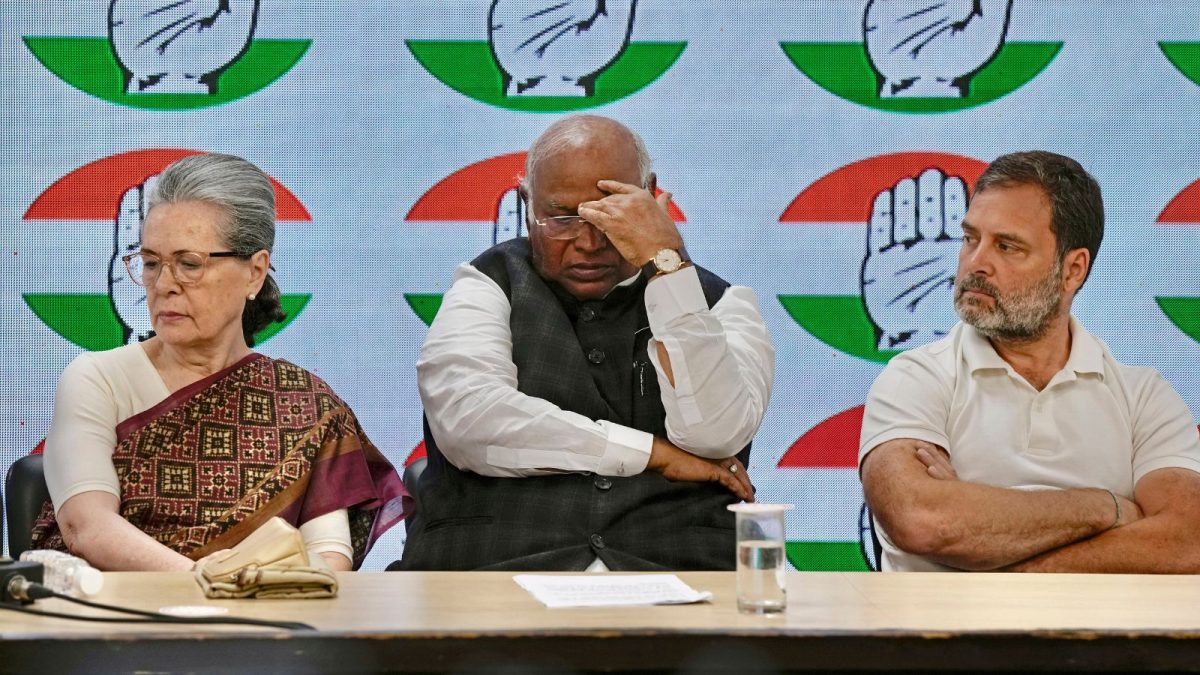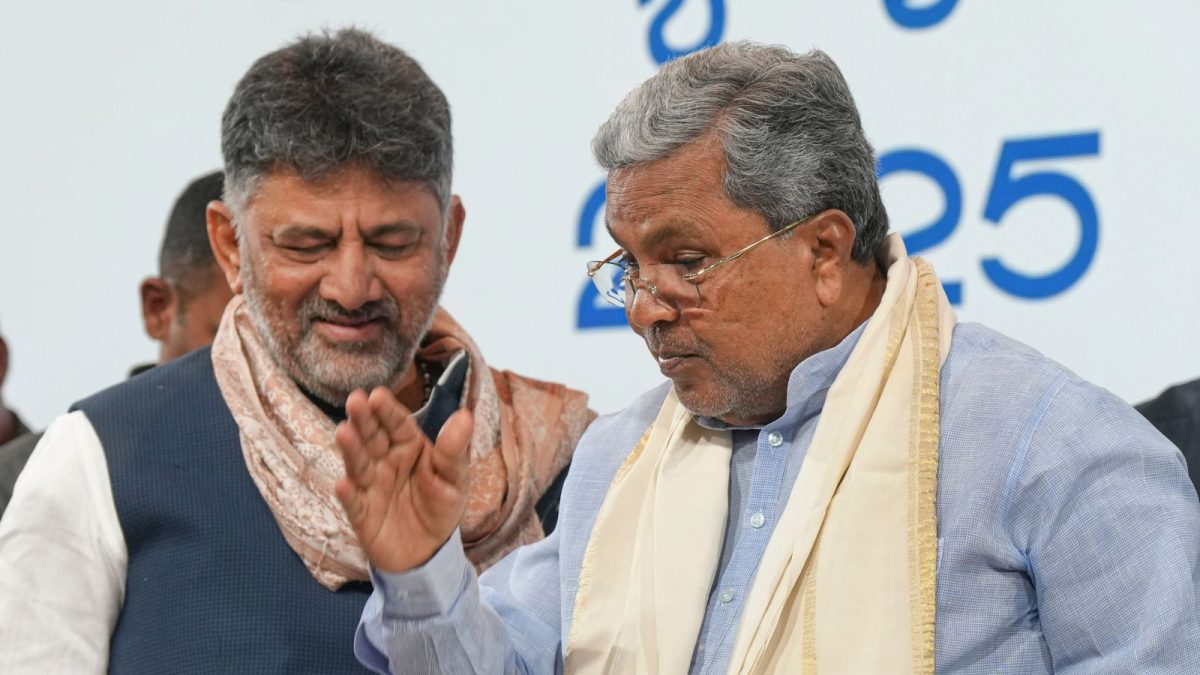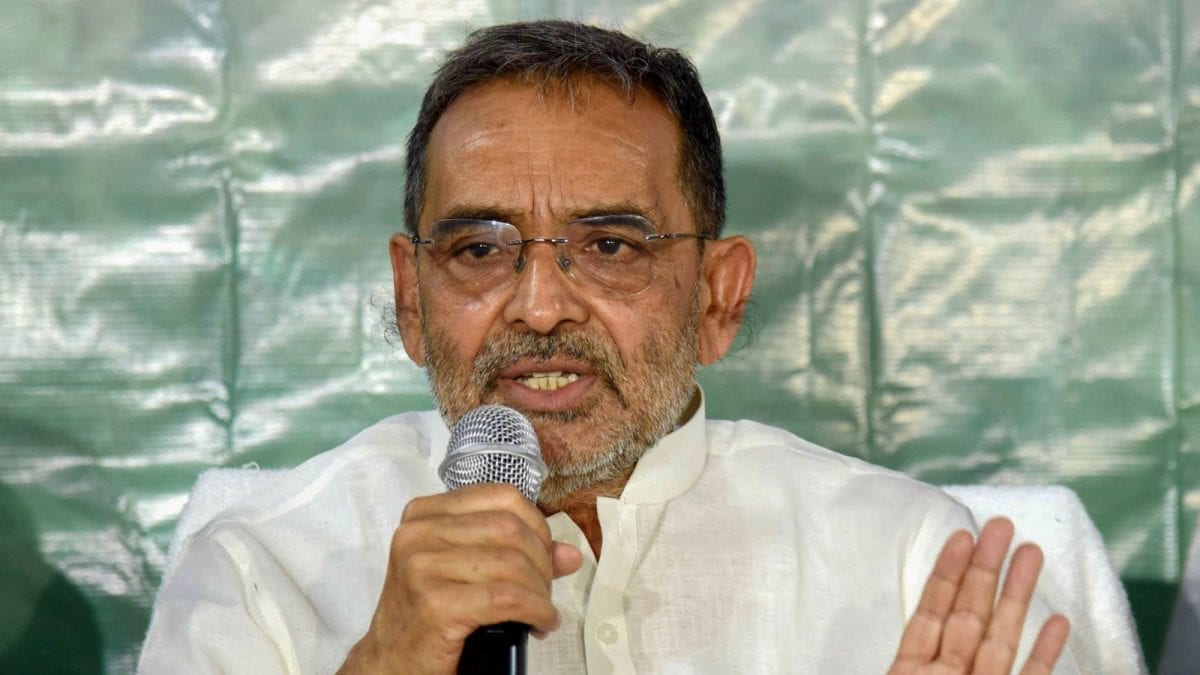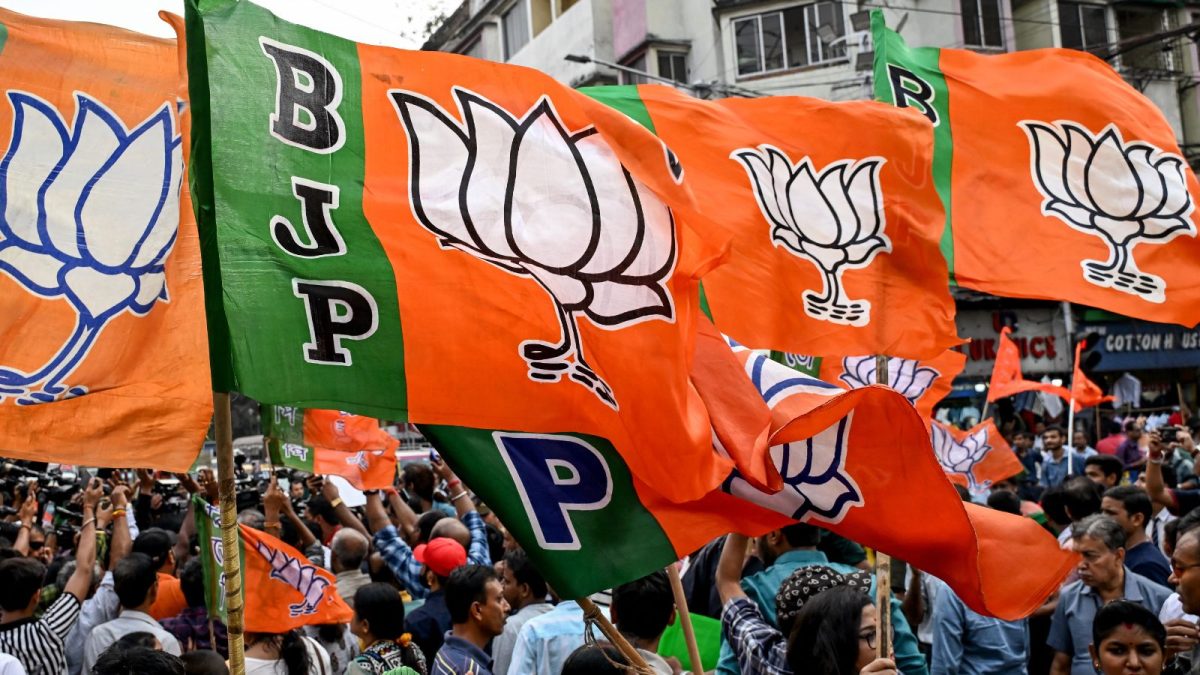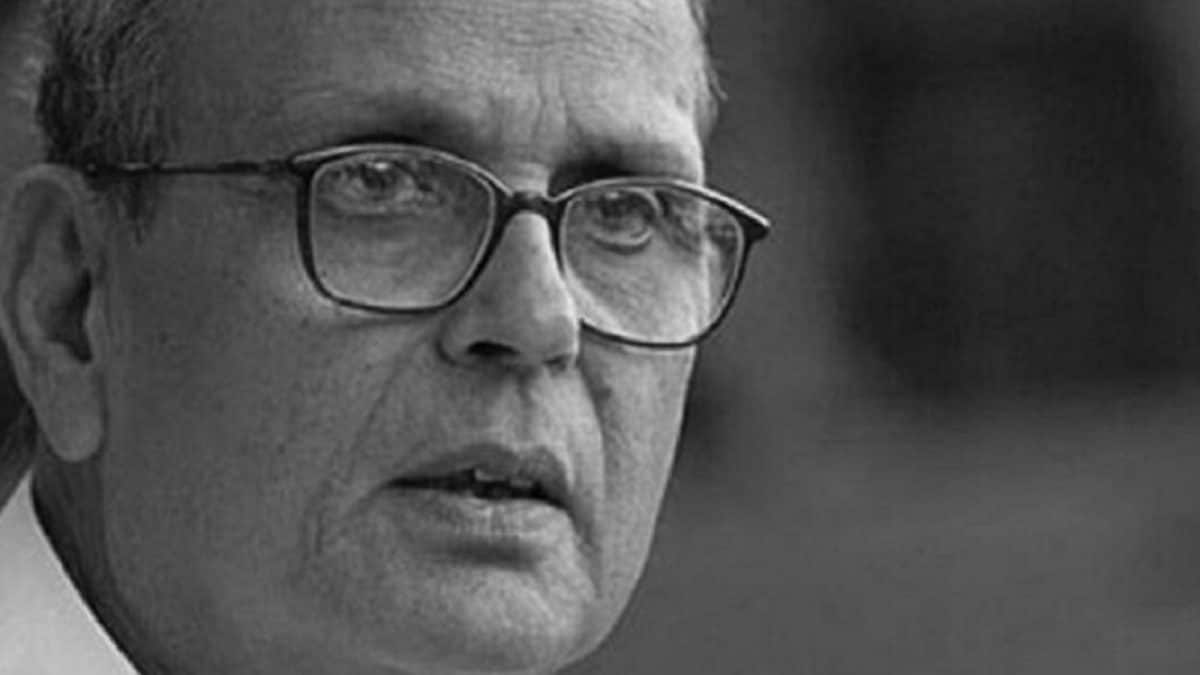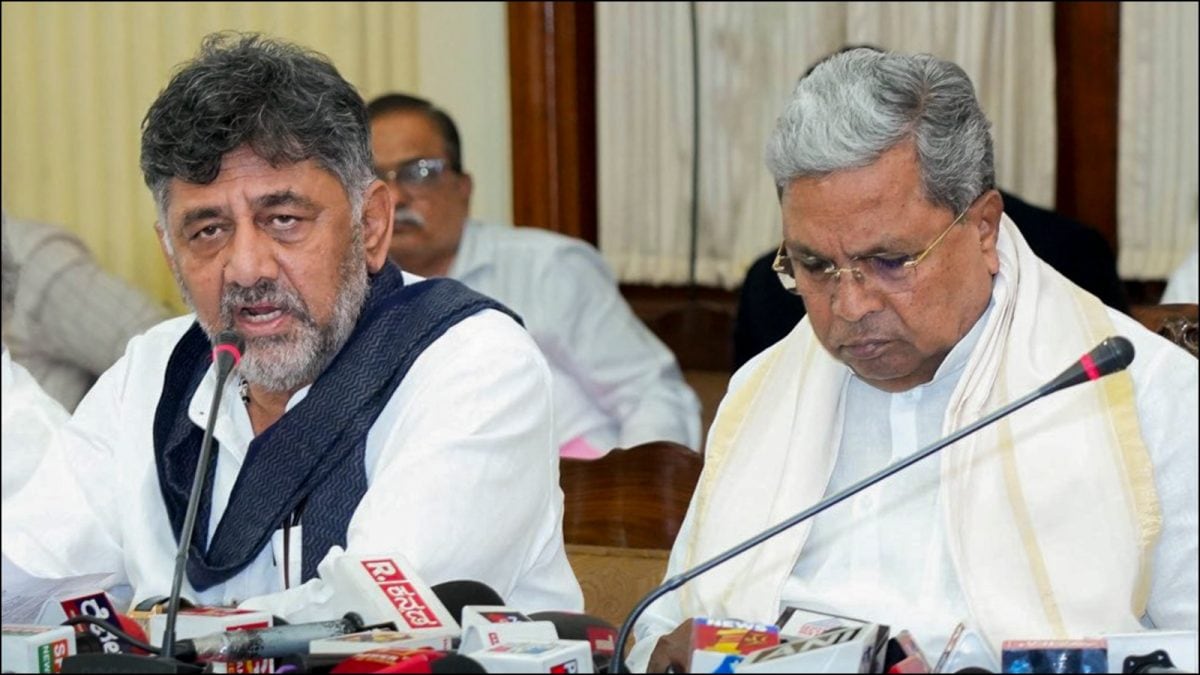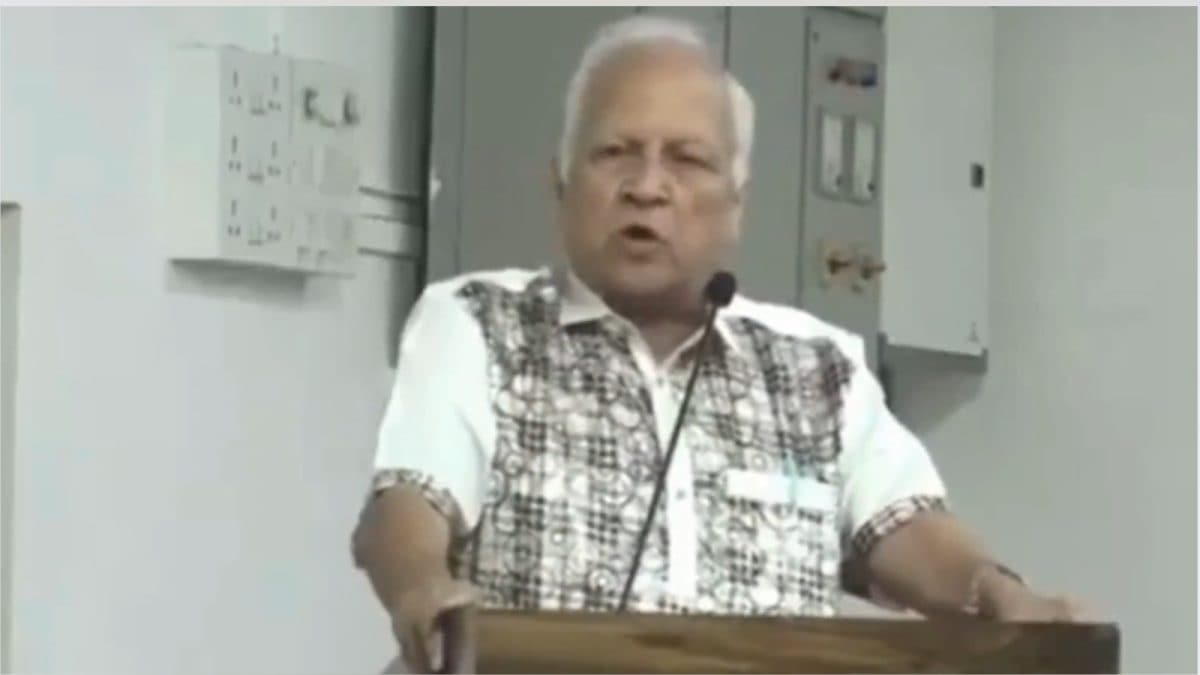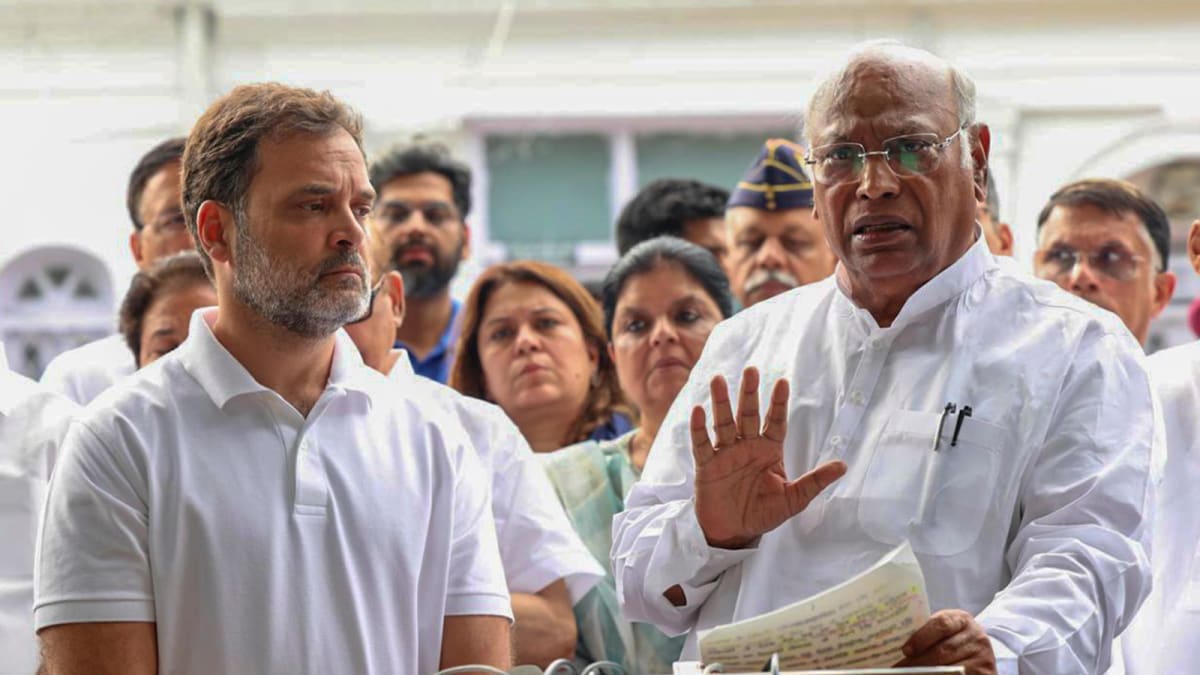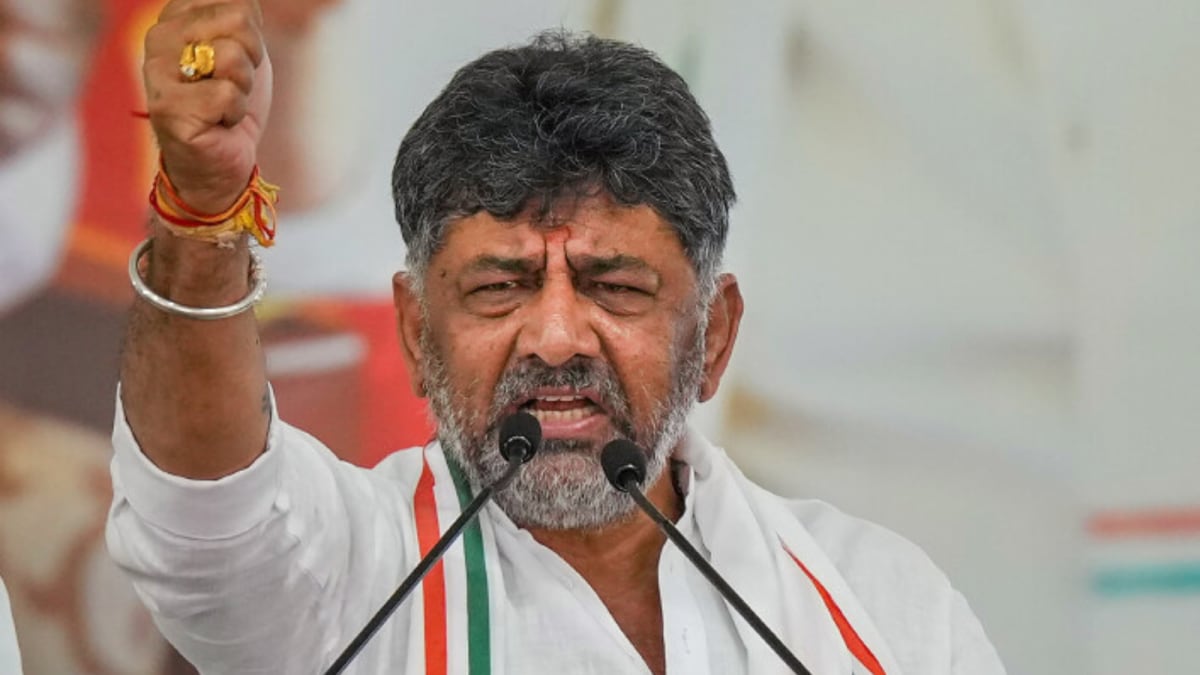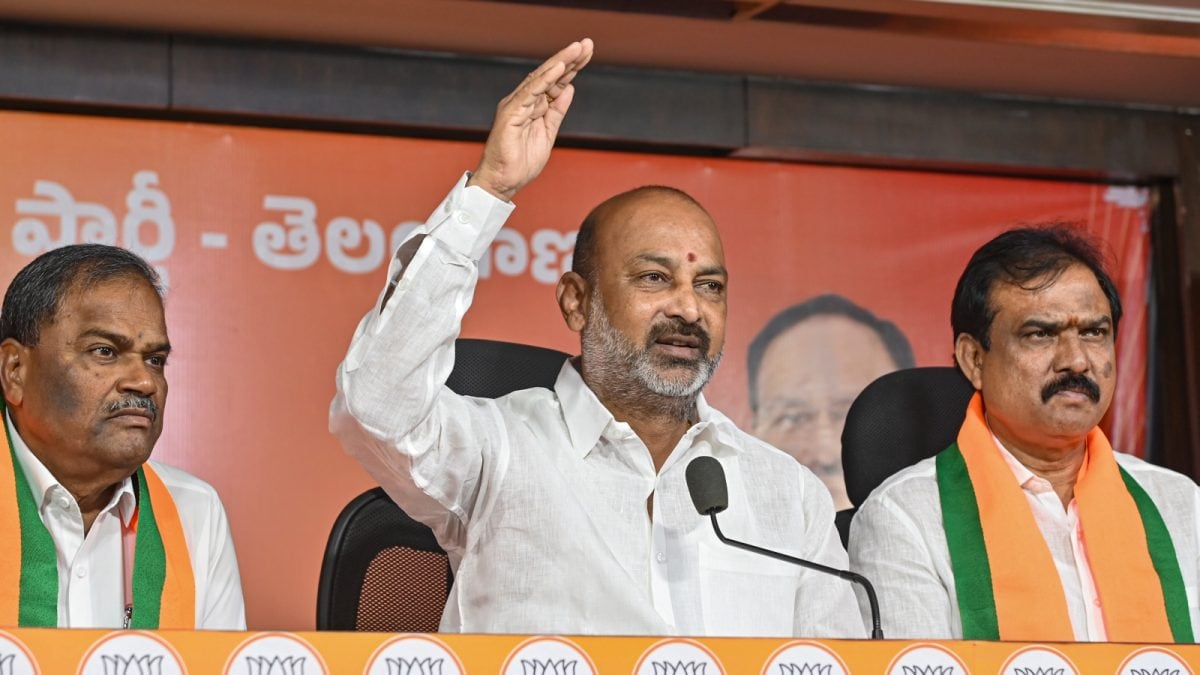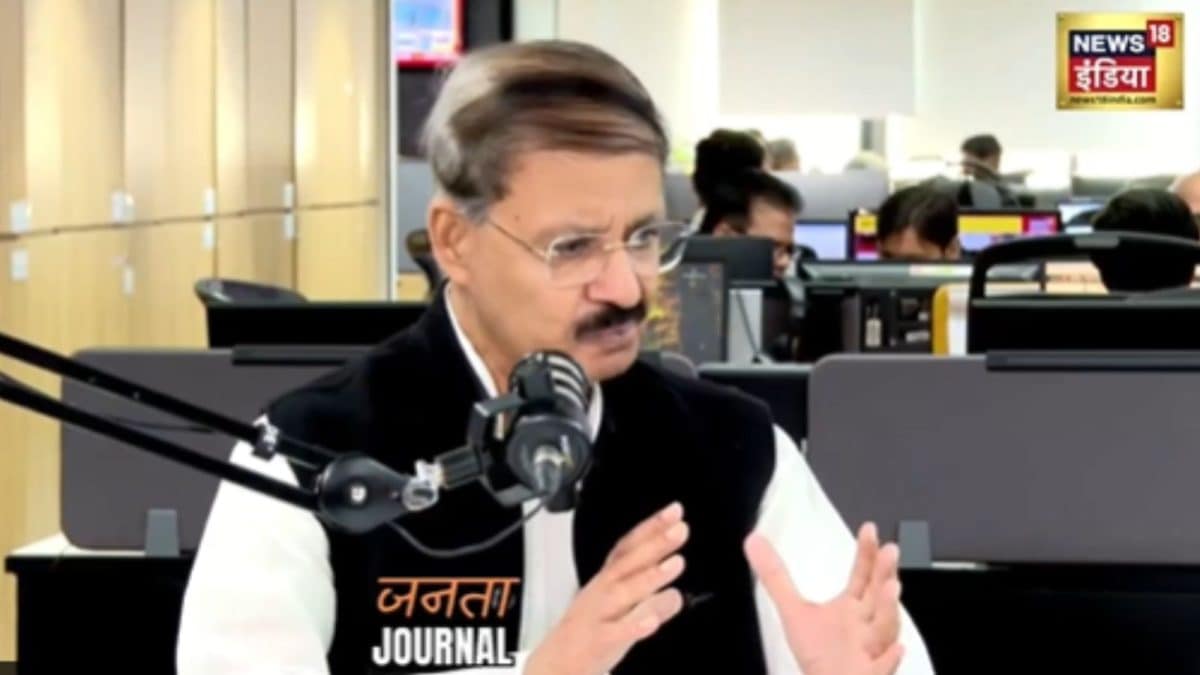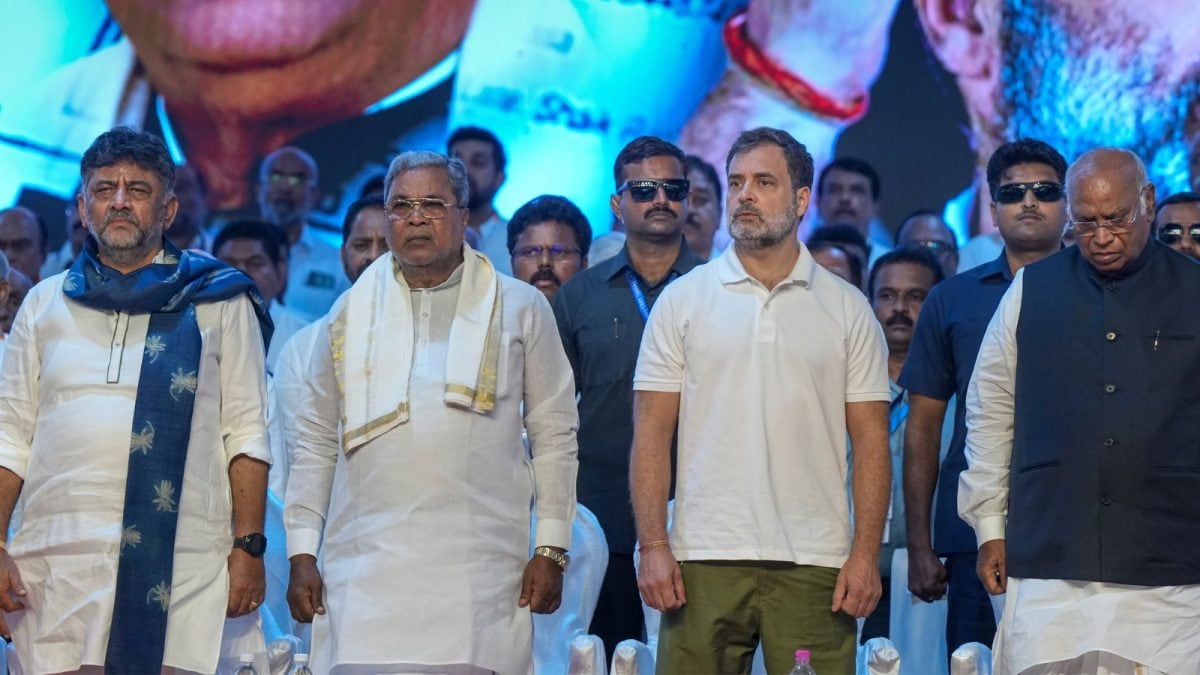Last Updated:October 07, 2025, 18:52 IST
In the 2020 Bihar Assembly elections, Tejashwi Yadav nearly unseated Nitish Kumar as NDA won 125 seats to the Grand Alliance's 110, with just a 0.03 percent vote share difference

Tejashwi's strong campaign had highlighted him as a rising leader challenging Nitish's dominance. (PTI)
The 2020 Bihar Assembly elections will always be remembered as one of the closest and most dramatic contests in the state’s political history, a battle where just a few thousand votes separated victory from defeat. It was in this election that Tejashwi Yadav, then 31, emerged from the shadows of his father’s legacy to become a formidable political force, nearly unseating the seasoned Nitish Kumar.
In the final tally, the Democratic Alliance (NDA) scraped through with 125 seats, while the Rashtriya Janata Dal (RJD)-led Grand Alliance secured 110 in the 243-member House. Yet beneath the numbers lay a story of narrow margins and what-ifs – the NDA polled 37.26 per cent of the total votes, just 0.03 per cent ahead of the Grand Alliance’s 37.23 per cent. The difference amounted to barely 12,768 votes across Bihar, the smallest gap ever recorded in the state’s electoral history.
A shift of just a few thousand votes in half a dozen constituencies could have rewritten Bihar’s political history. As many RJD leaders rue today, “Had Congress won four or five more seats, or had the Left’s votes transferred better in Seemanchal, Tejashwi would have been chief minister."
The Turning Point
The 2020 Bihar election, held amid the pandemic and economic uncertainty, marked a generational shift in the state’s politics. While Nitish Kumar leaned heavily on Prime Minister Narendra Modi’s charisma and the NDA’s organisational strength, Tejashwi Yadav relied on relentless campaigning and a simple but potent message: jobs, education, and migration.
For the first time, Nitish appeared on the defensive, battling anti-incumbency after 15 years in power. His party, the Janata Dal (United), suffered a sharp decline, tumbling from 71 seats in 2015 to just 43 in 2020. The BJP, meanwhile, surged ahead with 74 seats, becoming the senior partner in the alliance.
On the other side, Tejashwi’s RJD emerged as the single largest party with 75 seats, followed by Congress with 19, and the Left – CPI(ML), CPI, and CPM – with 16.
A Tight Contest
Regional trends painted a vivid picture of a divided Bihar. In the southern belts of Shahabad and Magadh, the Grand Alliance dominated. Of the roughly 68 seats in these regions, it won 51, leaving the NDA far behind. Nitish’s traditional bastions appeared to slip, particularly in areas like Aurangabad, Gaya, and Bhojpur.
In Seemanchal, comprising Kishanganj, Katihar, and Araria, the Grand Alliance also held sway, powered by a strong Muslim-Yadav base and active Congress presence. However, the AIMIM’s entry split minority votes, winning five seats and blunting Tejashwi’s edge.
The NDA’s resilience came from the northern plains – Mithila, Champaran, and Saran. The BJP’s dominance in Darbhanga, Madhubani, Muzaffarpur, and Sitamarhi turned the tide. Backed by the Modi factor, the party swept through 37 seats in Mithila and secured 32 of 49 in Champaran and Tirhut. In Saran, comprising Siwan and Gopalganj, the NDA claimed 18 of 28 seats, ensuring Nitish Kumar’s survival.
Experts later described the 2020 result as “a contest of centimetres". The victory margin in several constituencies was less than 1,000 votes – Hilsa, Chenari, and Daraunda among them. A minor swing there, analysts say, could have produced an entirely different outcome.
While the NDA’s arithmetic delivered power, Tejashwi Yadav’s performance reshaped perception. His solo campaign, often compared to Nitish Kumar’s early political battles, cemented his position as the “Chief Minister in Waiting". The young leader’s ability to mobilise youth and address bread-and-butter issues transformed him from a dynastic heir to a credible alternative.
The Verdict Behind The Verdict
The 2020 Bihar elections thus served as more than a test of numbers. They marked a symbolic handover, from an era defined by Nitish Kumar’s governance brand to one where Tejashwi Yadav’s generational appeal began to dominate political discourse.
Location :
Bihar, India, India
First Published:
October 07, 2025, 18:51 IST
News elections 12 Seats, 0.03% Margin: The Election That Made Tejashwi Yadav Bihar's 'CM-In-Waiting'
Disclaimer: Comments reflect users’ views, not News18’s. Please keep discussions respectful and constructive. Abusive, defamatory, or illegal comments will be removed. News18 may disable any comment at its discretion. By posting, you agree to our Terms of Use and Privacy Policy.
Read More

 1 month ago
1 month ago
